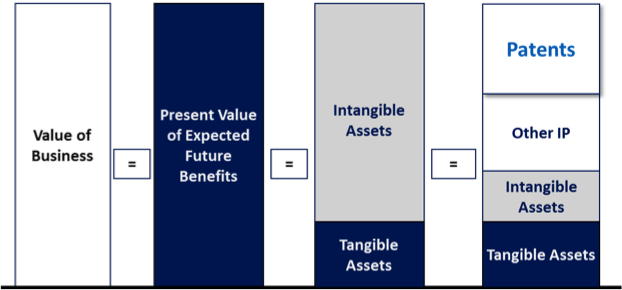Patent damages occur when a patent is used by an unrelated party without approval or an appropriate license from the patent owner. From the USPTO: “A patent is an intellectual property right granted by the Government of the United States of America to an inventor “to exclude others from making, using, offering for sale, or selling the invention throughout the United States or importing the invention into the United States” for a limited time in exchange for public disclosure of the invention when the patent is granted.”

Ownership of patents can yield additional financial and economic benefits. Patent damages, or the infringing use of patented innovations can impair the financial and economic benefits the patent holder could have, or hopes to, achieve.
In the United States, Title 35, Section 284 of the U.S. Code (the Patent Statute) governs the award of damages in patent infringement cases. Section 284 reads:
“Upon finding for the claimant the court shall award the claimant damages adequate to compensate for the infringement, but in no event less than a reasonable royalty for the use made of the invention by the infringer, together with interest and costs fixed by the court.”
Patents rarely create financial and economic benefit without the contribution of other assets and resources. In developing valuation and damages analyses, we are often required to develop an apportionment analysis, in other words, calculate the contribution of profits specifically due to use of the patent assets.
Nevium’s Approach to Patent Damages
At Nevium, we connect our patent valuations and damage calculations to the economic impact of the patent. In situations involving patents, we have performed:
- Lost profits damages calculations, including impact on patent value;
- Unjust enrichment damages calculations, including an apportionment of profits achieved by the alleged infringer;
- Reasonable royalty analyses; and
- Construction of hypothetical license transactions.